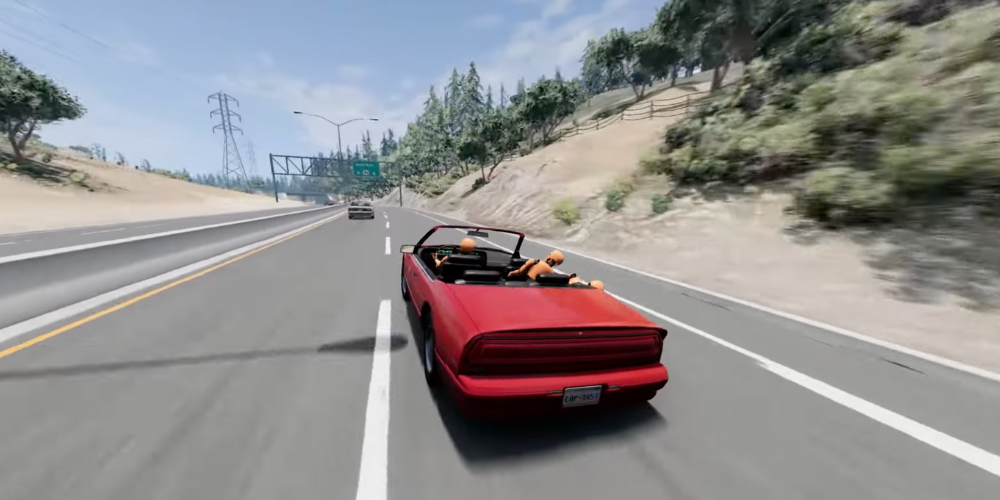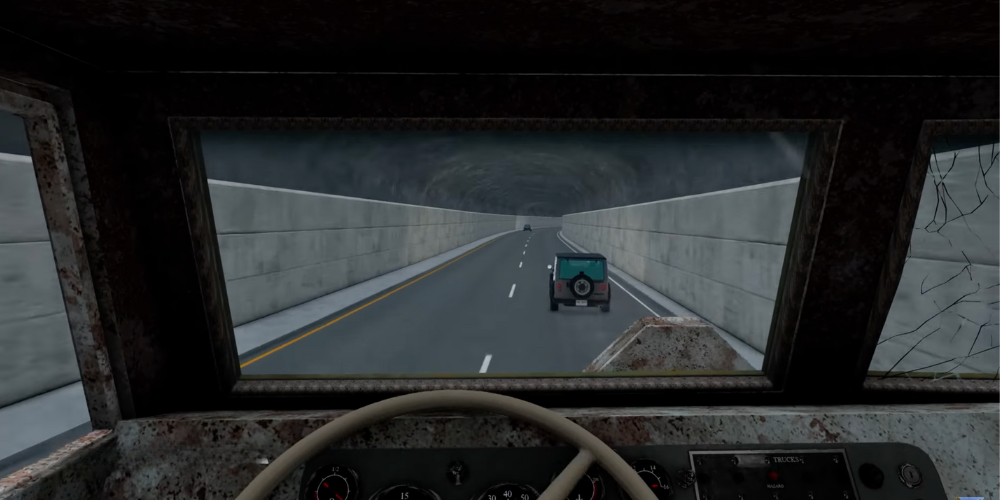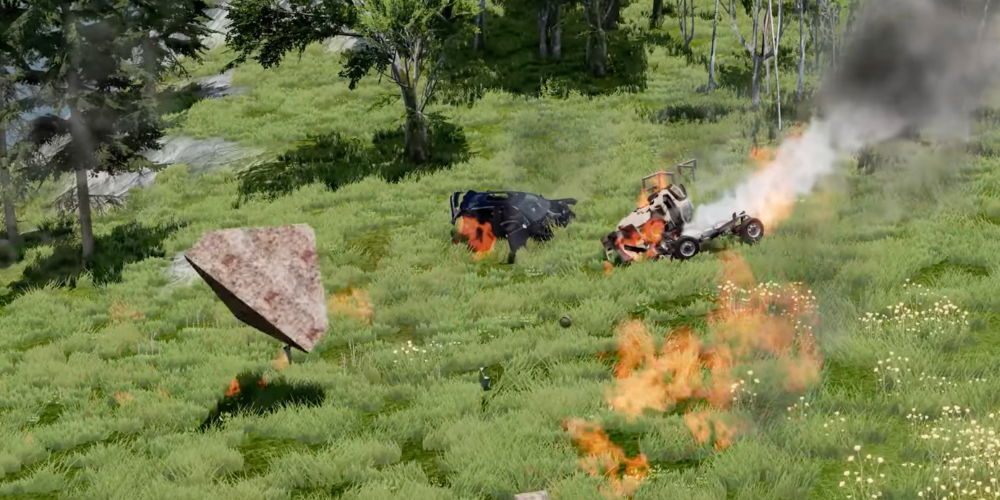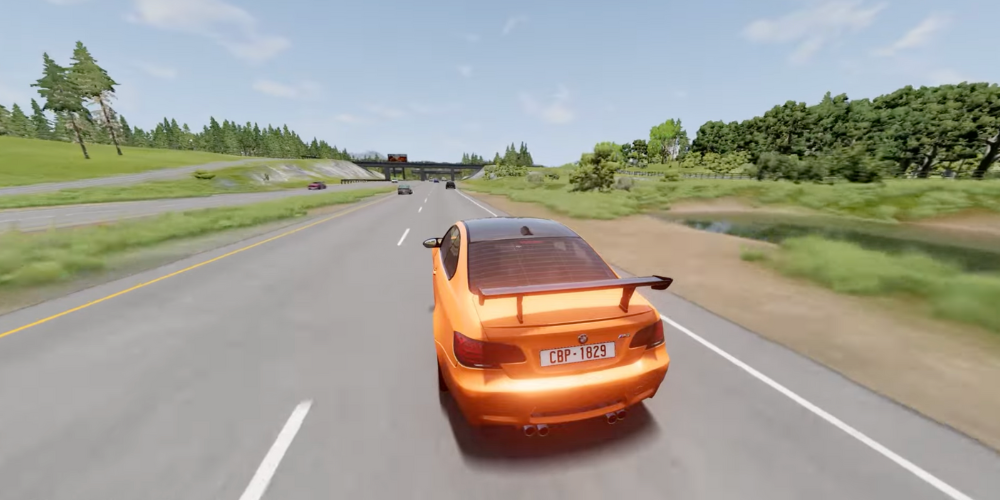Mastering the Roads: A Comprehensive Guide to BeamNG.drive’s Physics

Welcome to the virtual world of BeamNG.drive, where the laws of physics are a fundamental aspect and the core of its gameplay experience. This game stands out in the racing and vehicle simulation genre due to its incredibly advanced and realistic physics engine. Whether you're a seasoned player or a newcomer, understanding the intricacies of BeamNG.drive’s physics can transform your experience. This guide aims to delve into the world of BeamNG.drive, shedding light on its physics engine, how it influences gameplay, and tips for mastering it, offering a truly immersive driving experience.
The Physics Engine: A Closer Look

At the heart of BeamNG.drive is its physics engine, a sophisticated piece of technology that simulates real-world physics with an astonishing level of detail. Unlike most driving games where vehicles might feel weightless or indestructible, BeamNG.drive offers a different experience. Here, every component of a vehicle behaves as it would in the real world, from tire grip to suspension response and the effects of collisions. The game employs a soft-body physics model. This means that vehicles are not just rigid objects; they can bend, twist, and deform realistically in response to impacts, offering a unique level of immersion and realism.
How it Enhances Realism
The realism in BeamNG.drive is not just about visual accuracy; it's about feeling the weight and behavior of the vehicles. The physics engine accurately calculates the mass, speed, friction, and material properties, affecting how vehicles maneuver and react to different surfaces. Off-road tracks, for instance, challenge your control and vehicle's capabilities differently than asphalt, requiring a deep understanding of how your vehicle behaves under various conditions. This attention to detail extends to the environment as well, where objects and obstacles also obey the laws of physics, adding another layer of depth to the gameplay.
Gameplay Dynamics and Challenges

The sophisticated physics engine of BeamNG.drive fundamentally shapes its gameplay. Players must adapt their driving techniques more carefully than in other racing games. High-speed crashes can lead to significant vehicle damage, affecting performance and handling, which adds a strategic element to races and maneuvers. The game encourages exploration and experimentation within its vast, open-world environments, from serene countryside roads to chaotic urban settings. The dynamic weather system further influences driving conditions, showcasing the engine's versatility and the need for player adaptability.
Mastering the Physics: Tips and Tricks
Mastering BeamNG.drive requires a blend of skill, patience, and an understanding of its physics. Here are some tips to enhance your gameplay:
- Practice makes perfect: Spend time with each vehicle type to understand its unique handling and response patterns. This familiarity will be invaluable in challenging situations.
- Adapt your driving: Adjust your driving style based on your vehicle's current condition, the terrain, and weather conditions. Sometimes, slower and more controlled is faster.
- Experiment: Use the game's sandbox mode to test the limits of vehicles in different scenarios. This not only is fun but also enriches your understanding of the game’s physics.
- Stay updated: The game receives regular updates that can affect physics and vehicle behavior. Keeping abreast of these changes can give you an edge.

BeamNG.drive offers a driving experience like no other, where mastery comes from understanding and leveraging its realistic physics engine. Whether it’s navigating treacherous landscapes or experimenting with the limits of your vehicle, the game continually challenges and rewards in equal measure. Embrace the laws of physics, and you’ll not just master the roads; you’ll redefine your capabilities within the virtual realm of BeamNG.drive.







